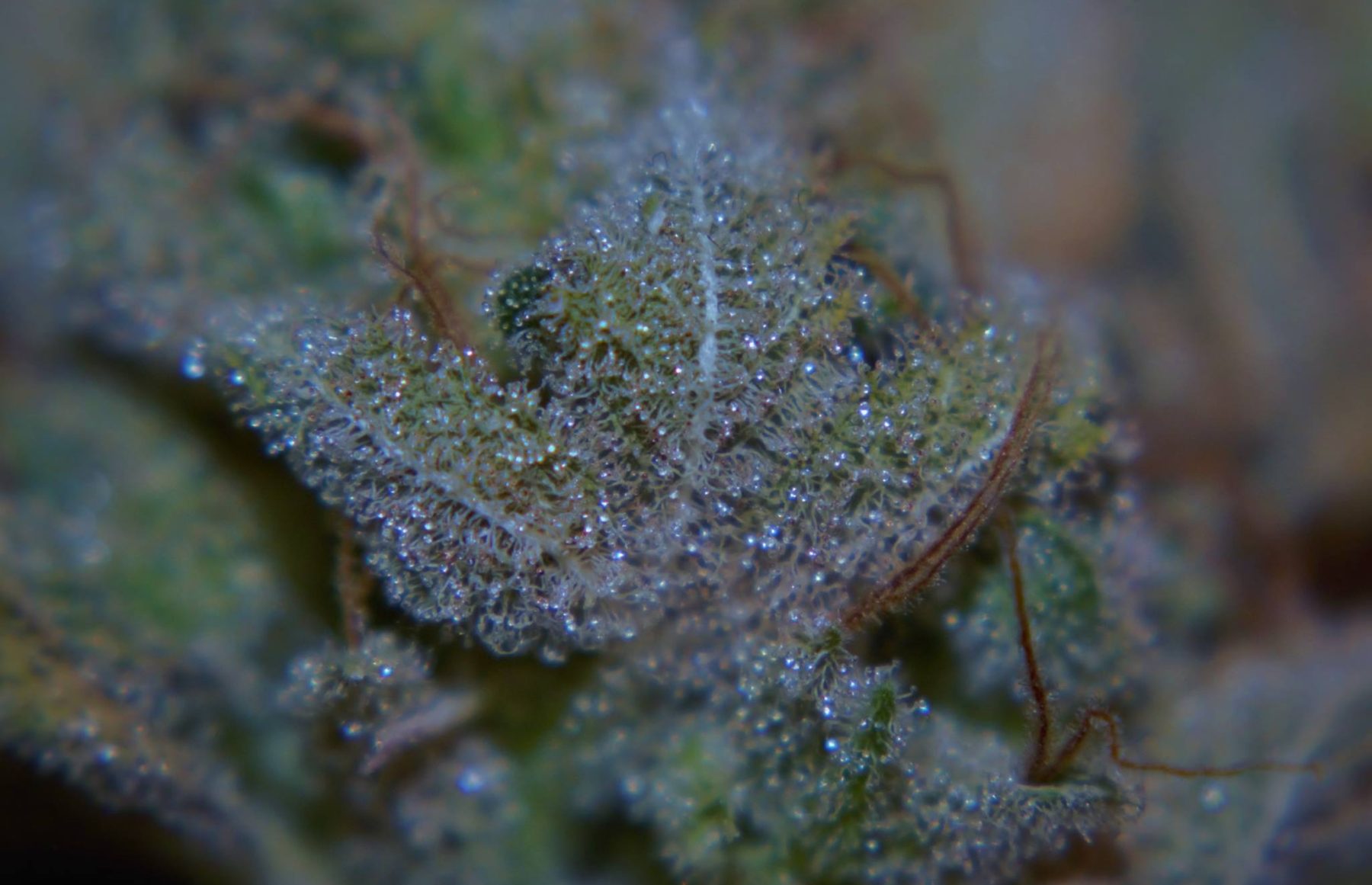Frequently Asked Questions My hope is that this will cover some of the basic questions those new to cannabis might have. Q: I’ve been hearing about medical marijuana, but I don’t know much about the subject. Can you give me the basics? A: Sure, I’m happy too! Let’s start with how it can be used as a medicine. Cannabis, aka Cannabis… Read more →
Why Cannabis Grown with the Addition of LAB May Produce a Superior High
Hypothesis: Mode of Actions for the increased trichome / calyx ratio, increased terpene content, and how this might affect our perception as to the potency of probiotically grown cannabis. My current hypothesis as to why cannabis grown in a system that utilizes homemade LAB (lactobacillus serum), produces a perceivable increase in potency when compared to non-probiotic cannabis. The LAB in question should be homemade, and from the… Read more →
Aside
What if exogeneous application of LAB uses the lactate that’s been converted into reserves of pyruvate. Maybe Lactic Bacteria keeping reserves of pyruvate?

In the absence of oxygen, many cells use fermentation to produce ATP by substrate-level phosphorylation. Pyruvate, the end of glycolysis, serves as an electron acceptor for oxidizing NADH to NAD+, which can then be reused in glycolysis. The end product is lactate, the ionized form of lactic acid.
During lactic bacteria fermentation, pyruvate is reduced directly to NADH to form lactate as an end product, with no release of CO2.
Easy example: Human muscle cells make ATP by lactic acid fermentation when oxygen is scarce. This occurs when we exercise, the sugar catabolism for ATP production outpaces the muscle’s supply of oxygen for the blood, causing the cells to switch from aerobic respiration to fermentation. The lactate that accumulates was what we used to think caused muscle pain / fatigue, but recent research suggest it’s actually increased levels of potassium ions (K+), while the lactate actually enhances muscle performance. In any case the excess lactate is gradually carried away by the blood to the liver where it is converted back to pyruvate by liver cells. Because oxygen is available, this pyruvate can then enter the mitochondria in liver cells and complete cellular respiration.
Further, this is almost how alcohol is produced. With ethanol, pyruvate releases some CO2, which is converted to the two-carbon compound acetaldehyde. Then the acetaldehyde is reduced by NADH to ethanol. This regenerates the the supply of NAD+ needed to continue the glycolysis part of the process.
Glycolysis is a HUGE part of why this planet is inhabitable. Ancient Prokaryotes are thought to have produced most of the oxygen in the atmosphere (The Great Oxygenation). Cyanobacteria produced O2 as by-product of photosynthesis, so they used glycolysis for ATP generation. Glycolysis is the most widespread metabolic pathway on earth’s organisms.
